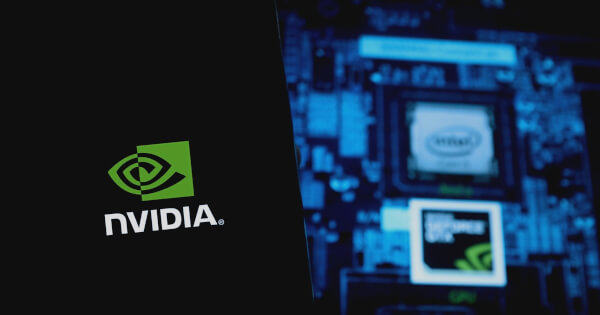NVIDIA Enhances Meta's Llama 3.1 with Advanced GPU Optimization
Ted Hisokawa Jul 24, 2024 02:37
NVIDIA collaborates with Meta to optimize Llama 3.1 across its GPU platforms, enhancing performance and safety for developers.

Meta’s Llama collection of large language models (LLMs) has become a cornerstone in the open-source community, supporting a myriad of use cases worldwide. The latest iteration, Llama 3.1, is set to further elevate this status by leveraging NVIDIA's advanced GPU platforms, according to NVIDIA Technical Blog.
Enhanced Training and Safety
Meta engineers have trained Llama 3.1 on NVIDIA H100 Tensor Core GPUs, optimizing the training process across more than 16,000 GPUs. This marks the first time a Llama model has been trained at such a scale, with the 405B variant leading the charge. The collaboration aims to ensure that Llama 3.1 models are safe and trustworthy by incorporating a suite of trust and safety models.
Optimized for NVIDIA Platforms
The Llama 3.1 collection is optimized for deployment across NVIDIA’s extensive range of GPUs, from datacenters to edge devices and PCs. This optimization includes support for embedding models, retrieval-augmented-generation (RAG) applications, and model accuracy evaluation.
Building with NVIDIA Software
NVIDIA provides a comprehensive software suite to facilitate the adoption of Llama 3.1. High-quality datasets are crucial, and NVIDIA addresses this by offering a synthetic data generation (SDG) pipeline. This pipeline builds on Llama 3.1, enabling developers to create customized high-quality datasets.
The data-generation phase utilizes the Llama 3.1-405B model as a generator, while the Nemotron-4 340B Reward model evaluates data quality. This ensures that the resulting datasets align with human preferences. The NVIDIA NeMo platform further aids in curating, customizing, and evaluating these datasets.
NVIDIA NeMo
The NeMo platform offers an end-to-end solution for developing custom generative AI models. It includes tools for data curation, model customization, and response alignment to human preferences. NeMo also supports retrieval-augmented generation, model evaluation, and the incorporation of programmable guardrails to ensure safety and reliability.
Widespread Inference Optimization
Meta’s Llama 3.1-8B models are now optimized for inference on NVIDIA GeForce RTX PCs and NVIDIA RTX workstations. The TensorRT Model Optimizer quantizes these models to INT4, improving performance by reducing memory bandwidth bottlenecks. These optimizations are natively supported by NVIDIA TensorRT-LLM software.
The models are also optimized for NVIDIA Jetson Orin, targeting robotics and edge computing devices. All Llama 3.1 models support a 128K context length and are available in both base and instruct variants in BF16 precision.
Maximum Performance with TensorRT-LLM
TensorRT-LLM compiles Llama 3.1 models into optimized TensorRT engines, maximizing inference performance. These engines utilize pattern matching and fusion techniques to enhance efficiency. The models also support FP8 precision, further reducing memory footprint without compromising accuracy.
For the Llama 3.1-405B model, TensorRT-LLM introduces FP8 quantization at a row-wise granularity level, maintaining high accuracy. The NVIDIA NIM inference microservices bundle these optimizations, accelerating the deployment of generative AI models across various platforms.
NVIDIA NIM
NVIDIA NIM supports Llama 3.1 for production deployments, offering dynamic LoRA adapter selection to serve multiple use cases with a single foundation model. This is facilitated by a multitier cache system that manages adapters across GPU and host memory.
Future Prospects
The collaboration between NVIDIA and Meta on Llama 3.1 demonstrates a significant advancement in AI model optimization and deployment. With the NVIDIA-accelerated computing platform, developers can build robust models and applications across various platforms, from datacenters to edge devices.
NVIDIA continues to contribute to the open-source community, advancing the capabilities of generative AI. For more details, visit the NVIDIA AI platform for generative AI.
Image source: Shutterstock.jpg)